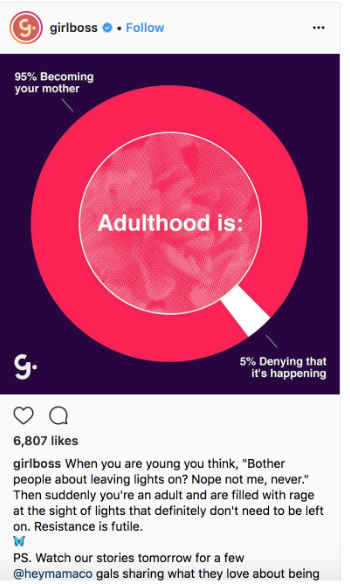MY ROLE
As the lead designer for this project, I played an integral role from the early strategy stages to the final execution. My responsibilities included:
Identifying problems through the user-interaction to identify areas for opportunity
Aligning the needs and visions of different teams (product science, digital experience & social teams, engineering, product, and marketing) to state clear goals
Concepting, and ideating visual solutions, designing high-fidelity mocks, and continuously reviewing with the design team for consistency with the overall product experience and brand visuals
Collaborating with the product science team, copy writers, product designers, brand designers to plan and test concepts to existing users
Working with the Engineering team to develop designs that are responsive and scalable
ABOUT THE PROJECT
Initially, we were approached by key Project Science team stakeholders with a business problem: data indicating that customers wanted to share elements of their reports, but no existing solution. Not addressing this would have an impact on product NPS and a potential impact on sales. In order to properly understand the project scope and objectives, and eventually come to the best solution we followed a Design Thinking process:
One. Frame a question
Two. Gather inspiration
Three. Generate Ideas
Four. Make ideas tangible
Five. Test and learn
01. FRAME A QUESTION
Based on the project brief, we identified a driving business question that inspired us to search for creative solutions. The Share card project began as a project that aimed to improve the user interaction within the product, increase engagement within specific reports and create personalized, shareable moments for the customer within 23andMe’s product. But, conversations with key stakeholders helped us understand that this project was more ambitious than previously defined – in order to create a solution for this project, it also required re-evaluating our social content architecture and visualization.
What started as one project, ended up becoming two.
02. GATHER INSPIRATION
A cross-functional team came together to discuss the future of the 23andMe brand, the role of social, how to personalize user experiences, product science and how to design a framework that not only was mobile-first, but also optimized for different devices, and could scale in the future to accommodate new business goals and future product updates. This meant not only auditing and evaluating all the existing social content posted by 23andMe, but also analyzing how customers currently shared their reports and how they engaged with their reports.
As lead designer, together with my project partner Lis Owuor, brand writer -- we identified 4 key objectives that all of the share card solutions should embody:
Easily digestible: Bold content that makes an impact in the blink of a thumb scroll. When users post their personalized content, it should no only be easily understood by someone scrolling their feed, but make them pause and interact with the personalized content.
Thumb Stoppable: Bold, graphic design and copy elements stop users in their tracks.
Personalized: Content that allows users to share moments of happiness that include personal achievements and/or photos
Endlessly Shareable: Content that attracts users to share cool content again and again.
We then identified the “low hanging fruit,” the easy wins, for sharable content within the product.
03. GENERATE IDEAS
At this point, we worked on creating stories that played off the identified shareable moments within the product and we engaged other designers within the brand team to push past obvious solutions to get to breakthrough ideas. We met regularly with stakeholders and our creative director to make sure we were staying on target and we held creative sprints aimed at idea generation.
04. MAKE IDEAS TANGIBLE — PROTOTYPE TIME
Build rough prototypes to learn how to make ideas better.
05. TEST TO LEARN
We presented our creative solutions to the product science stakeholders, digital experience & social stakeholders with the intention of refining ideas by gathering feedback and experimenting forward.



